The scientific community is once again buzzing with debate after a South Korean research team submitted a new paper claiming to have achieved room-temperature superconductivity. The announcement has reignited both excitement and skepticism, echoing the polarized reactions from their initial claims last year. If validated, the discovery could revolutionize energy transmission, transportation, and computing—but major questions about methodology and reproducibility remain unresolved.
A Familiar Claim with New Data
The team, led by researchers from the Quantum Energy Research Centre in Seoul, posted their latest findings on the preprint server arXiv earlier this month. Their paper describes a modified version of LK-99, the copper-doped lead apatite material that gained viral attention in July 2023. This time, the authors present additional magnetization measurements and microscopic imaging, asserting that their samples exhibit near-zero electrical resistance and strong diamagnetism at temperatures up to 127°C (260°F)—far above traditional superconducting thresholds.
Critics were quick to point out inconsistencies. Several prominent condensed matter physicists noted that the magnetic susceptibility data appears noisy and lacks the sharp transition characteristic of superconducting materials. "The curves don't show the textbook signature we'd expect," remarked Dr. Elena Rodriguez, a superconductivity specialist at MIT who was not involved in the research. "At these temperatures, thermal fluctuations would normally overwhelm any superconducting state unless the material has extraordinary properties."
The Ghost of Replication Failures
What makes this latest claim particularly contentious is the shadow of previous replication attempts. Over a dozen labs worldwide failed to reproduce the Korean team's original LK-99 results last year. Some researchers reported observing partial levitation or unusual resistance drops in similar compounds, but none achieved unambiguous superconductivity. The new paper addresses these concerns by providing more detailed synthesis instructions and characterizing intermediate compounds—though it stops short of sharing raw sample data.
Materials science blogger Mark Williams, who has closely followed the LK-99 saga, wrote: "The devil is in the synthesis details. Their revised protocol involves a 10-day annealing process at precisely 925°C with controlled oxygen flow. Most labs attempting replication last year used shorter times and lower temperatures. This could explain the discrepancy—or it could be moving the goalposts."
Industry Eyes Potential While Academics Urge Caution
Despite the skepticism, the new claims have drawn attention from private sector researchers. Three venture capital firms specializing in deep-tech investments confirmed to this publication that they're monitoring the situation. "Even a 1% chance of this being real justifies investigation," said a partner at one firm who requested anonymity due to ongoing due diligence. Energy companies are particularly interested in the material's alleged stability at ambient pressure, which would make applications far more practical than high-pressure superconductors.
Meanwhile, academic institutions are approaching the claims with measured skepticism. The Max Planck Institute for Solid State Research has begun new replication efforts using the updated synthesis method, with results expected by late April. "Extraordinary claims require extraordinary evidence—and peer review," stressed Professor Hiroshi Tanaka, who leads the replication attempt. "We're keeping an open mind but won't draw conclusions until we've characterized every aspect."
The Human Factor in a High-Stakes Discovery
Complicating matters is the unusual history of the research team. Unlike most superconductivity breakthroughs that emerge from established university labs, this work originates from a small private institute with limited publication records. Lead author Sukbae Lee has defended their approach in interviews, stating that "corporate labs can move faster without academic bureaucracy." However, this unconventional background has fueled doubts about research rigor.
The controversy has also taken on nationalistic overtones in Korean media, with some outlets portraying critics as dismissive of non-Western science. This narrative gained traction when a prominent American physicist's tweet about "alchemy-like claims" was widely shared. The research team has since requested that evaluations focus solely on the data rather than the researchers' origins.
What Constitutes Proof?
At the heart of the debate lies a fundamental question: What evidence would conclusively demonstrate room-temperature superconductivity? Most experts agree that three criteria must be met simultaneously: zero electrical resistance, the Meissner effect (expulsion of magnetic fields), and a specific heat anomaly at the transition temperature. The Korean team's paper shows data for the first two but lacks heat capacity measurements.
Dr. Priya Deshmukh of the National Physical Laboratory explained: "Resistance drops can occur for many reasons—sample inhomogeneity, measurement artifacts, even metal-insulator transitions. The Meissner effect is harder to fake, but we've seen cases where strong diamagnetism was mistaken for superconductivity. Without all three pillars, we're building on sand."
The Road Ahead
As the scientific process unfolds, several developments could break the stalemate. Independent replications using the new protocol will carry significant weight, particularly if conducted by multiple labs with different equipment. The Korean team has hinted at submitting their work to a high-impact journal following arXiv feedback, which would subject it to formal peer review. Perhaps most telling will be whether any samples are shared for outside testing—a step that could either validate or definitively disprove the claims.
For now, the physics community remains divided between cautious optimism and outright dismissal. As Nobel laureate Brian Schmidt remarked at a recent conference: "History shows most room-temperature superconductor claims fail. But history also shows that dismissing paradigm shifts outright is how we miss revolutions. Our job isn't to believe or disbelieve—it's to test."

By Olivia Reed/Apr 14, 2025
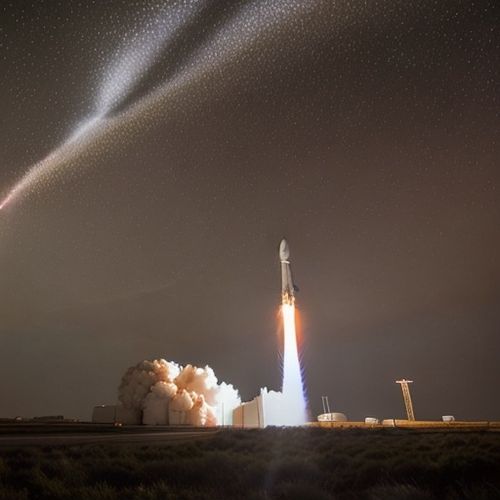
By Sophia Lewis/Apr 14, 2025
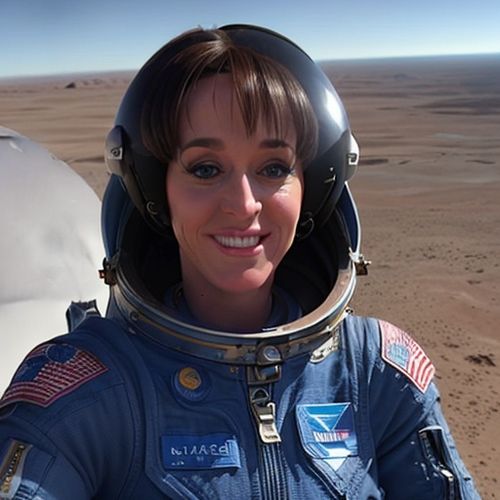
By Noah Bell/Apr 14, 2025
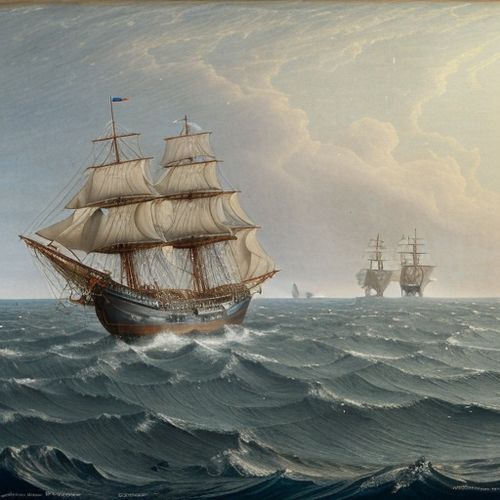
By Eric Ward/Apr 14, 2025
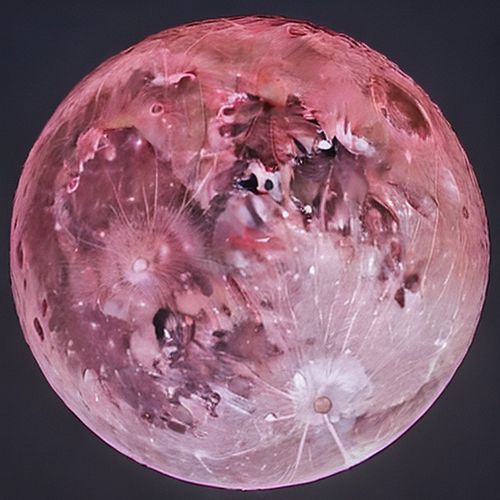
By Sophia Lewis/Apr 14, 2025
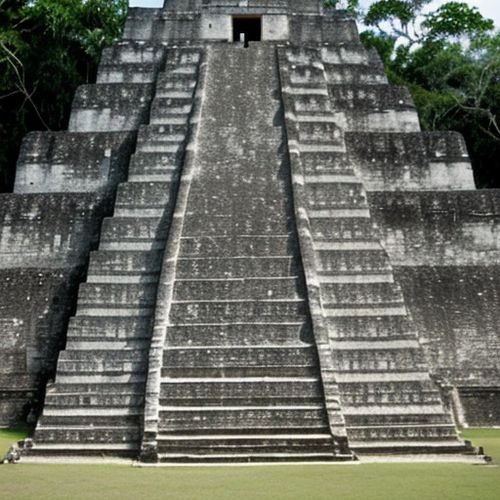
By Sarah Davis/Apr 14, 2025

By William Miller/Apr 14, 2025

By James Moore/Apr 14, 2025
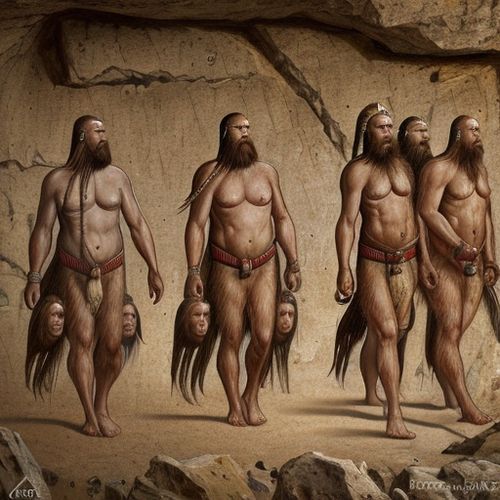
By Eric Ward/Apr 14, 2025
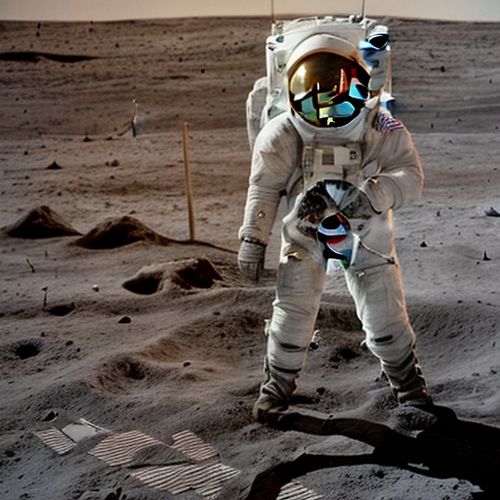
By Grace Cox/Apr 14, 2025
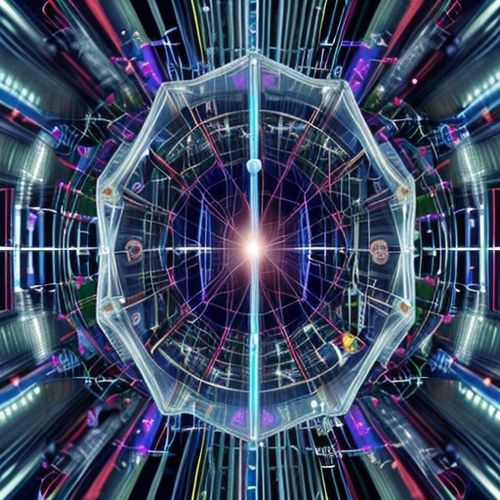
By Rebecca Stewart/Apr 10, 2025
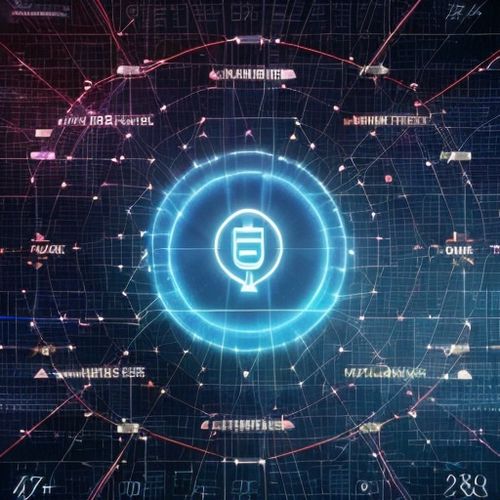
By Grace Cox/Apr 10, 2025
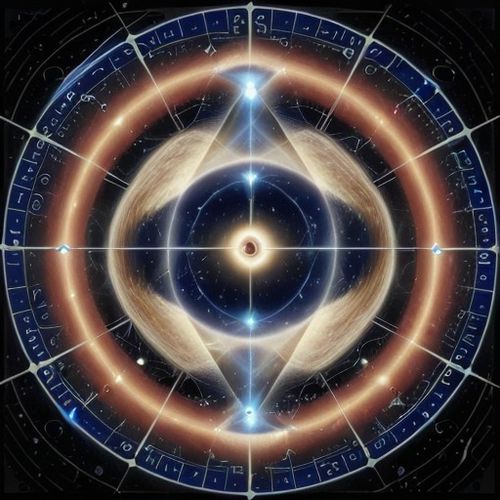
By Thomas Roberts/Apr 10, 2025
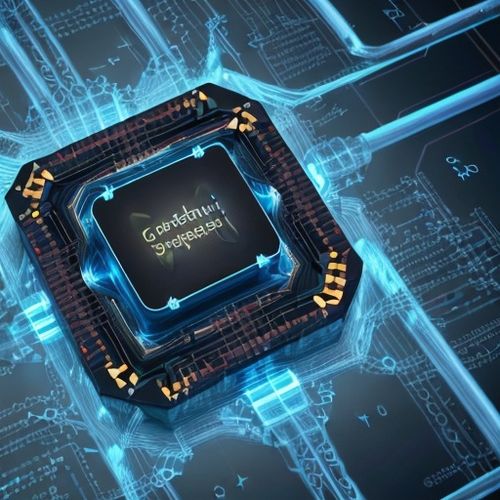
By James Moore/Apr 10, 2025
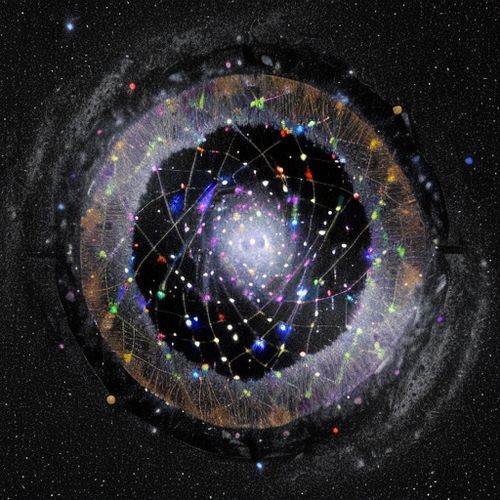
By Laura Wilson/Apr 10, 2025
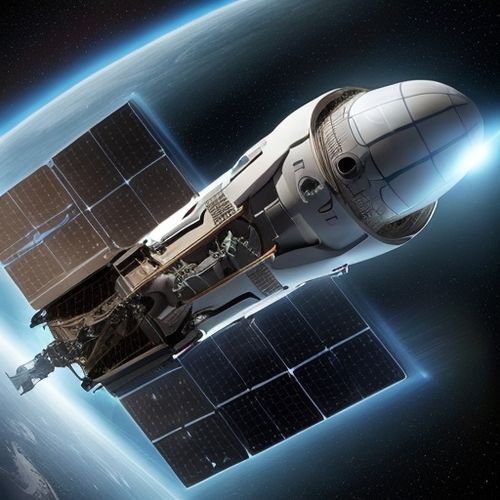
By John Smith/Apr 10, 2025
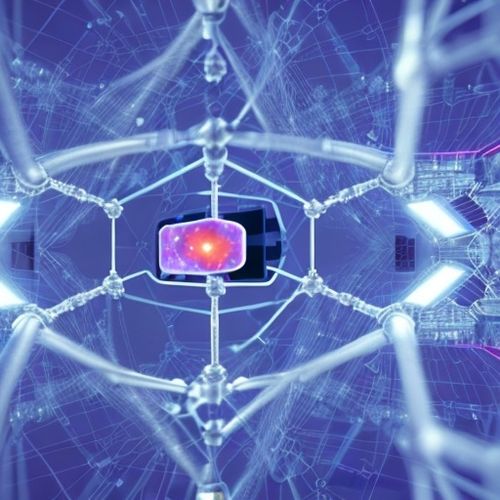
By James Moore/Apr 10, 2025
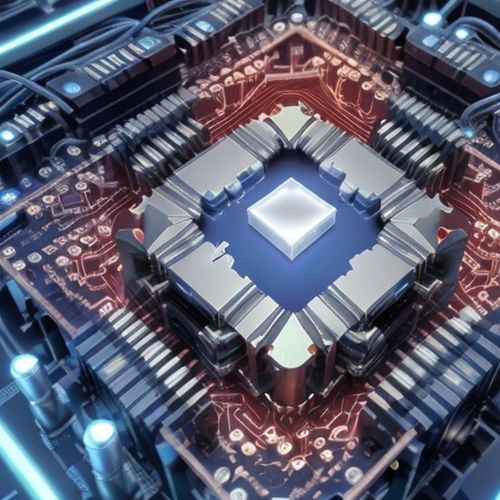
By Olivia Reed/Apr 10, 2025
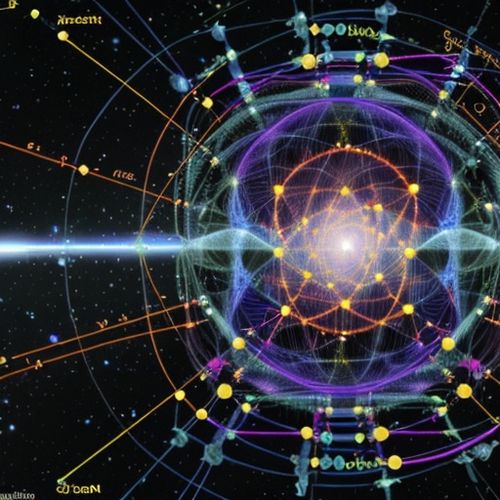
By Eric Ward/Apr 10, 2025